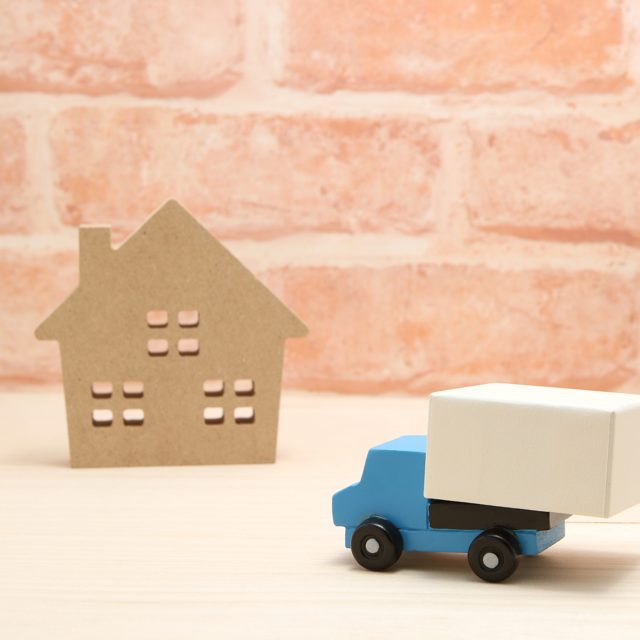Where Should Feeding Therapy Take Place?
July 22, 2020
Posted in: Early Intervention, Feeding, Feeding Tube Weaning
Think about where your kiddo is most comfortable and feels safe…at home! Feeding therapy should take place in the environment where your child feels comfortable. The clinic setting is one of the most common and traditional approaches to feeding therapy and tube weaning. In most cases, therapy is seen in an outpatient clinic where you may travel to, or in the inpatient setting where your little one would live at the hospital for a more intensive approach. It’s important as a parent to understand why the “where” of feeding therapy matters so much and how this relates to your how your little one’s relationship with food.
The clinic is generally therapist-driven rather than child-led. What this means is that there are often a few pieces of the puzzle missing when addressing family mealtimes and developing a healthy relationship with food. Your child may sit in the room with the therapist while you watch behind a two-way mirror. This is problematic because there is now a stranger feeding your little one, rather than the caregiver they are most comfortable with. We know that kids model eating habits from their families and learn to trust food by watching their parents and siblings eat. This setting can easily fall into using rewards such as bubbles or stickers. Since they’re not at home, in a safe environment, eating may require more “coaxing” than when at the dinner table with your family. The research shows that children should learn to eat with internal drives including hunger, curiosity, taste, etc. These are often overlooked in this setting and the focus is on rewards and very behavioral based.
Why is it so important to be at home?
When you’re in your own home, you’re able to see how your kiddo’s eating is a part of your daily routine. Feeding therapy at home can focus on the family and sibling involvement, and help your child to feel safe when they are learning a new skill. By building these skills in their natural environment, strategies that are easy to carryover to your routine. If kids are only “practicing” a skill for 1 hour a week, in a different environment, you may not see as much progress when you are at home with your family. It is important that family is not seen as extra, but as a part of therapy to help carryover strategies.
It can be difficult for parents to have to carryover strategies from a different setting back to their home. When at home, your therapist is able to work through the stress and emotional moments with you. This is so important because we know that learning to eat can be very stressful for all of the family members. At Thrive, we focus on having our therapists be a part of your family mealtime during therapy, rather than breaking up your day for a “therapy session”.

Be the first to comment